Special thanks and credit to Kaihan Krippendorff and Claudio Garcia for the article on the relationship between innovation and hierarchy.
Innovation in large companies often faces a considerable challenge: organizational hierarchy. The traditional bureaucratic structure, with clear lines of authority and specialized divisions, can impede the swift adaptation required in today’s rapidly evolving business landscape. The question arises: Is organizational hierarchy hindering innovation, and how can companies overcome this challenge?
In a notable case, General Electric Appliances (GEA) witnessed a surprising innovation when employees transformed an RV into a mobile showcase of the company’s products, targeting a market previously unexplored by GEA. This initiative was born from a decentralized organizational model – a “microenterprise” within the larger company structure. This approach allowed a small group of internal entrepreneurs to act on their innovative ideas without the typical bureaucratic hurdles. Decentralized models like GEA’s are gaining traction in response to the limitations posed by traditional hierarchical structures. Emerging technologies play a pivotal role in this shift, enabling companies to explore more competitive alternatives. The rise of robotics, automation, 3D printing, the Internet of Things (IoT), blockchain, APIs, and artificial intelligence provides companies with tools to innovate faster, more economically, and with lower risk.
The Haier Group introduces a groundbreaking organizational philosophy, RenDanHeYi, that emphasizes key characteristics contributing to the success of decentralized models. This philosophy is based on four elements that include
- treating employees as intrapreneurs,
- working in smaller independent units (microenterprises),
- managing units through decentralized marketplaces,
- and allowing units to choose support services autonomously.
Research indicates that companies embracing these elements outperform their peers in entrepreneurial activity, talent attraction and retention, and financial performance. General Electric Appliances, for instance, doubled its business organically over four years, showcasing the potential of this new organizational approach. Implementing these elements requires a strategic and phased approach. Companies must first assess where to apply the new organizational model based on the impact of emerging technologies and the need for entrepreneurial behavior. Subsequently, they should progressively implement the four elements, starting with treating employees as intrapreneurs and evolving toward decentralized support services.
In conclusion, the rise of decentralized organizational models signals a seismic shift in how big companies approach innovation. The combination of technological advancements and a more open approach to organizational design offers companies an opportunity to stay competitive in an ever-evolving business landscape. Embracing this change may require unlearning and deconstructing traditional management norms, but the potential benefits in terms of entrepreneurial activity, talent retention, and financial performance make it a journey worth undertaking. Dagorà Lifestyle Innovation Hub aims to enhance cooperation and idea sharing. Implementing a microenterprise model encourages small, autonomous teams to collaborate on innovative projects. By aligning with the progressive organizational models, Dagorà’s goal is to create an environment where tech solutions thrive through collective innovation and cooperation.
If you’d like to read about more inspirational topics focusing on innovation, let us know, just write us here!



